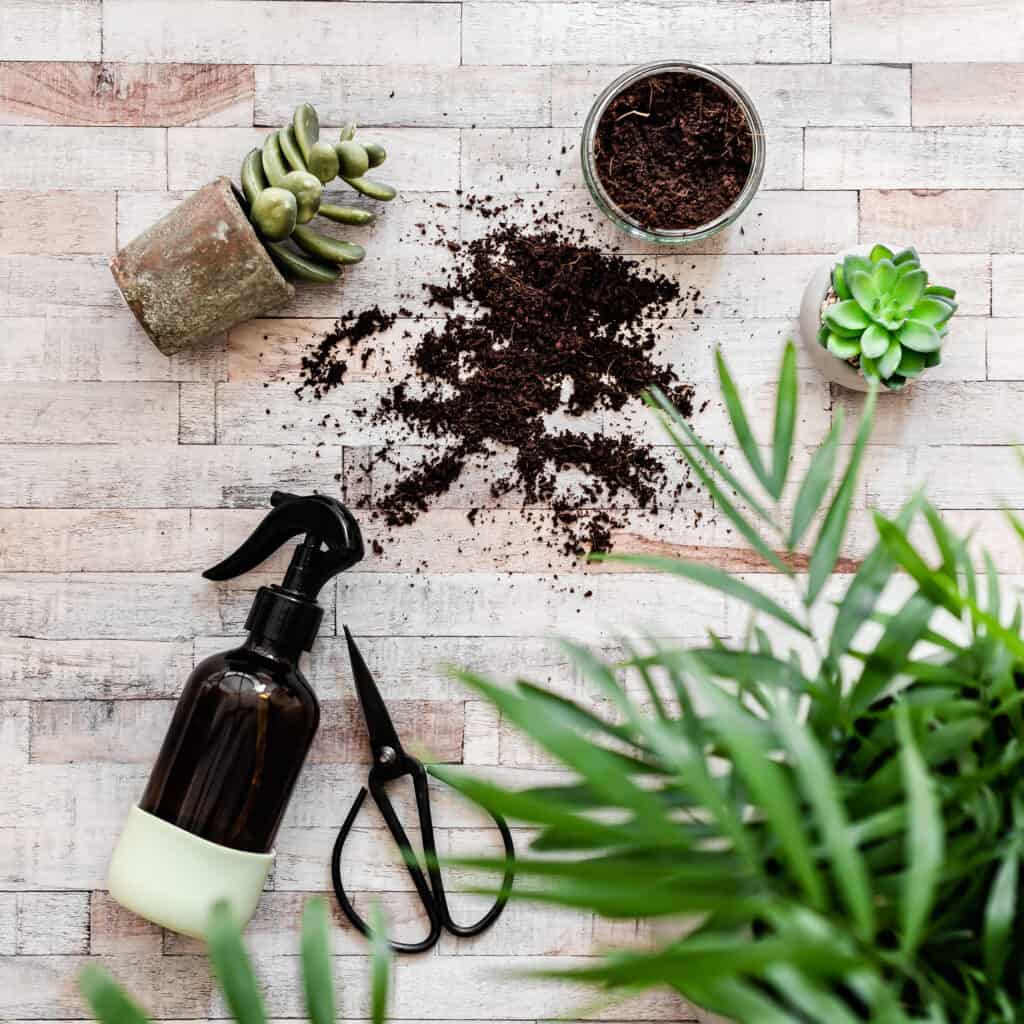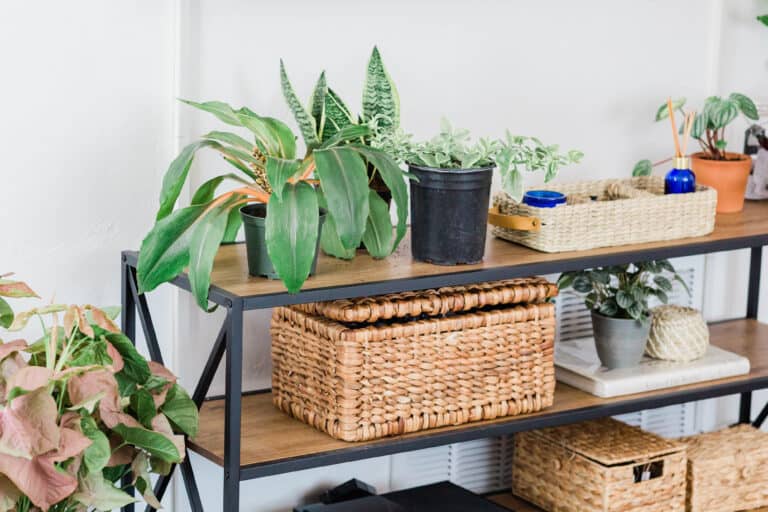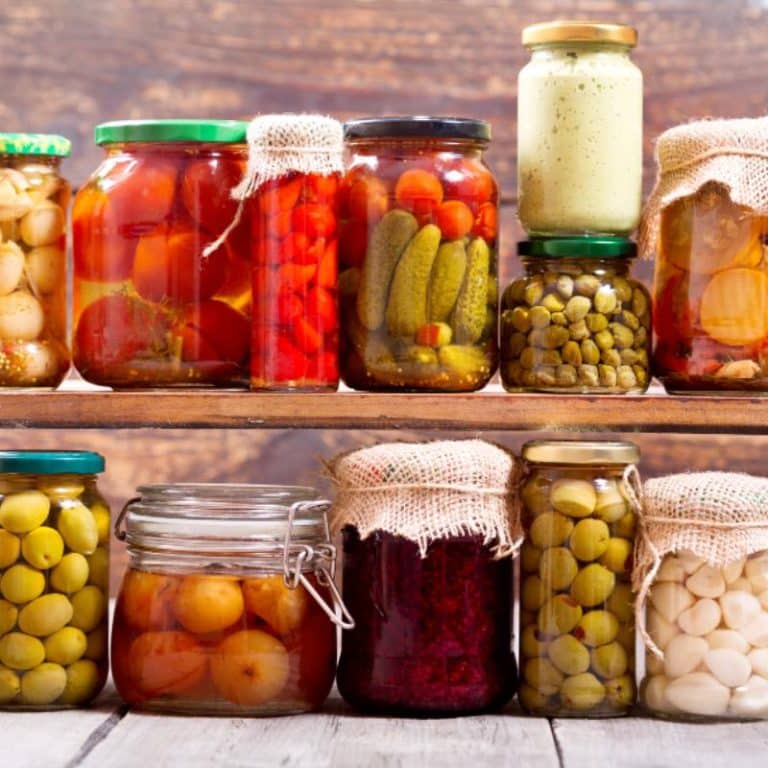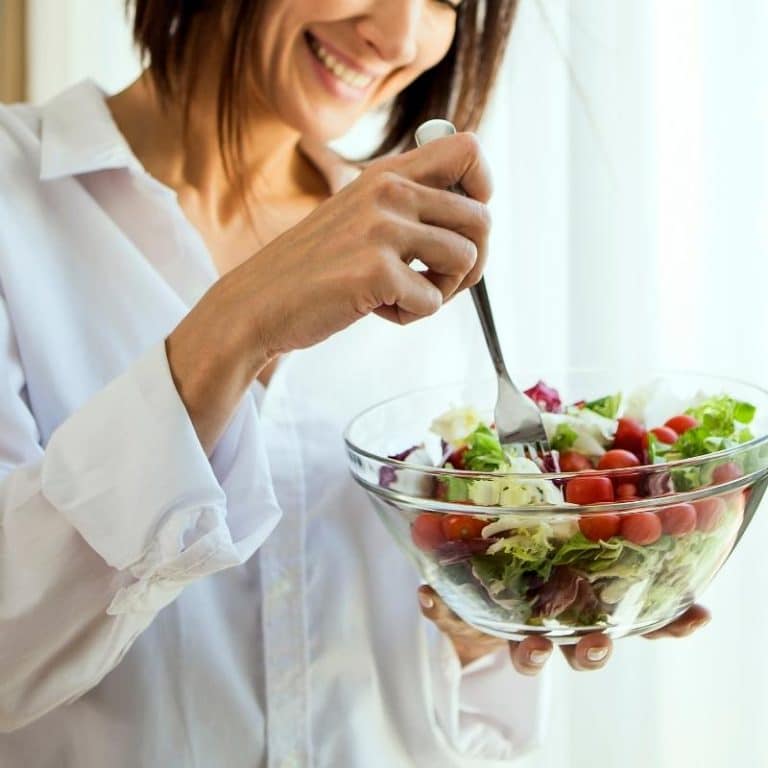Ultimate Guide to Organic Gardening
If you’ve ever stood in the produce section, picked up an organic apple in your hand, and then nearly fainted at the price tag…you KNOW there’s gotta be something pretty special about this organic stuff.
Ive tangoed with tomato plants and more all in the name of organic gardening.
I’ve shed sweat, shed tears, and yes…even shed a little blood. (Ever been stabbed by a rogue rose thorn? #Ouch)
But through the triumphs and the trials, I’ve come to love my little organic garden, and now, I can’t wait to help you create yours.
Ready to dive in?
I’ll share my top tips and the invaluable lessons I’ve learned along the way.
Let’s get started.

Step 1: Start with the Soil
Any grand gardening journey starts with one simple component: soil. You can’t grow a phenomenal organic garden without nutrient-rich, well-draining soil.
Here are some tips to get your soil in tip-top shape:
- Grab a soil test kit to determine your soil’s pH and nutrient levels
- Add compost, aged manure, or worm castings (Worm Farms? Yep, it’s a thing!) to enrich the soil with organic matter
- Consider using raised beds for better drainage and aeration
Step 2: Choose Your Plants Wisely
Would you ever wear a parka in Miami or swimming trunks in the North Pole? Nah, I didn’t think so, and the same idea applies to plants!
Select plants that are well-suited for your region, climate, and soil conditions. Go local whenever possible. Hit up your nearest farmers’ market or plant nursery for seedlings or seeds with a proven track record of success.
Step 3: Companion Planting, Because We All Need Friends
Did you know that certain plant BFFs bring out the best in each other when they’re grown side-by-side? It’s true! Companion planting not only keeps pests at away but also fosters a thriving ecosystem. Try planting:
- Basil near tomatoes (yum, homemade pesto, anyone? )
- Marigolds near vegetables (Bye-Bye, Pests!)
- Beans near corn, peas, and cucumbers (Hello, nitrogen-rich soil!)
Step 4: Nature is Calling
Attracting beneficial wildlife to your organic garden can be a massive help. Ladybugs, lacewings, and birds all love to munch on problematic pests.
Get yourself a cute birdhouse or make a DIY bug hotel. Offer a fresh water source, like a birdbath , and watch your garden come alive with the help of these little garden heroes!
Step 5: Water Wisely
Water is the lifeblood of your garden, and using it mindfully will ensure the healthiest, happiest plants.
Swap out that wasteful sprinkler system for a drip irrigation system or take up rainwater harvesting for bonus eco-friendly points.
And don’t forget, water is best served with a side of mulch to conserve moisture and prevent weeds.
Step 6: Compost is Life
“You’re gonna want that rich, dark compost goodness to transform your garden into a bountiful jungle,” said the wise gardener.
So roll up your sleeves, let’s get composting. Not only will it save you money on chemical fertilizers, but it also helps the environment by reducing waste in landfills.
Step 7: Embrace the Good Bugs
I know, I know… bugs can be a bit creepy, but some of them are your garden’s best friends! True story.
Ladybugs, lacewings, and even certain wasps keep plant-eaters in check, so welcoming these good bugs into your organic space is important.
Attract them with a variety of flowering plants .
Step 8: Weed Begone
Tired of pretending to enjoy pulling weeds? (Think 🎶 “Whistle While You Work” 🎶 but with more backache.)
No worries, i’ve got your back (literally)!
A layer of mulch or ground cover plants not only conserves water, but it also smothers those weeds in submission.
Talk about a win-win situation.
Step 9: Rotate Your Plants Like a Pro
Giving your plants a little vacation around the garden isn’t just a fun game of musical chairs… it also helps prevent the spread of diseases and “soil fatigue.”
Create a simple garden map and rotate your annual crops with each new season. It’s like a mini garden renovation every few months!
Step 10: Be Patient & Embrace the Process
As with any new hobby, there will be hiccups along the way. (Oh, the number
of times I’ve found myself clutching my gardening gloves in frustration! 😩) But I assure you, the rewards of patience are definitely worth it.
In Conclusion
YOU can create a thriving organic garden do it too! Just follow these key takeaways:
- Choose organic seeds and plants.
- Prepare and maintain nutrient-rich soil.
- Use natural pesticides and pest control methods.
- Practice proper crop rotation and companion planting.
- Preserve and conserve water resources.
Feeling pumped to get your hands dirty? I bet! So why not share this ultimate guide with your friends and family?
Go ahead, hit that share button, and let’s spread the garden love!
I’ll love to hear about your organic gardening adventure, so be sure to comment below and share your experiences or any questions you might have.







